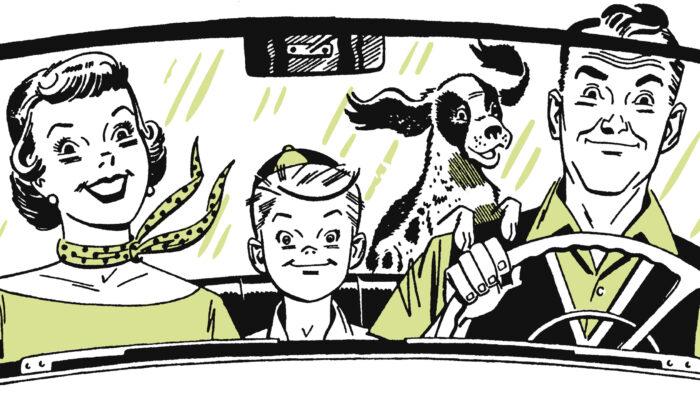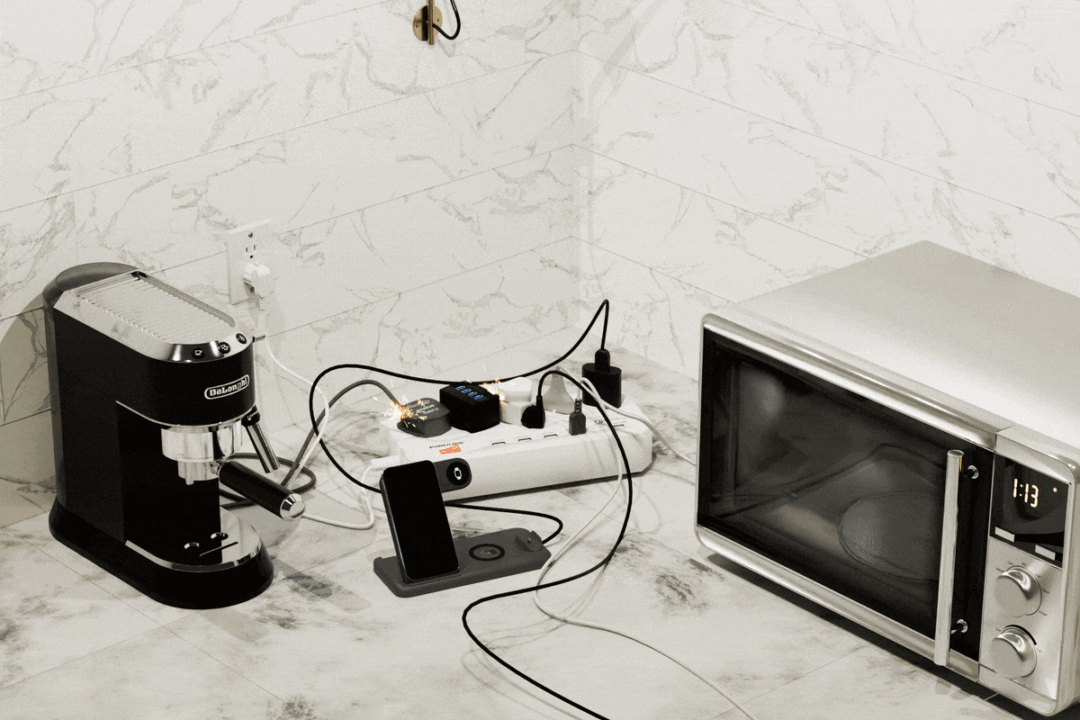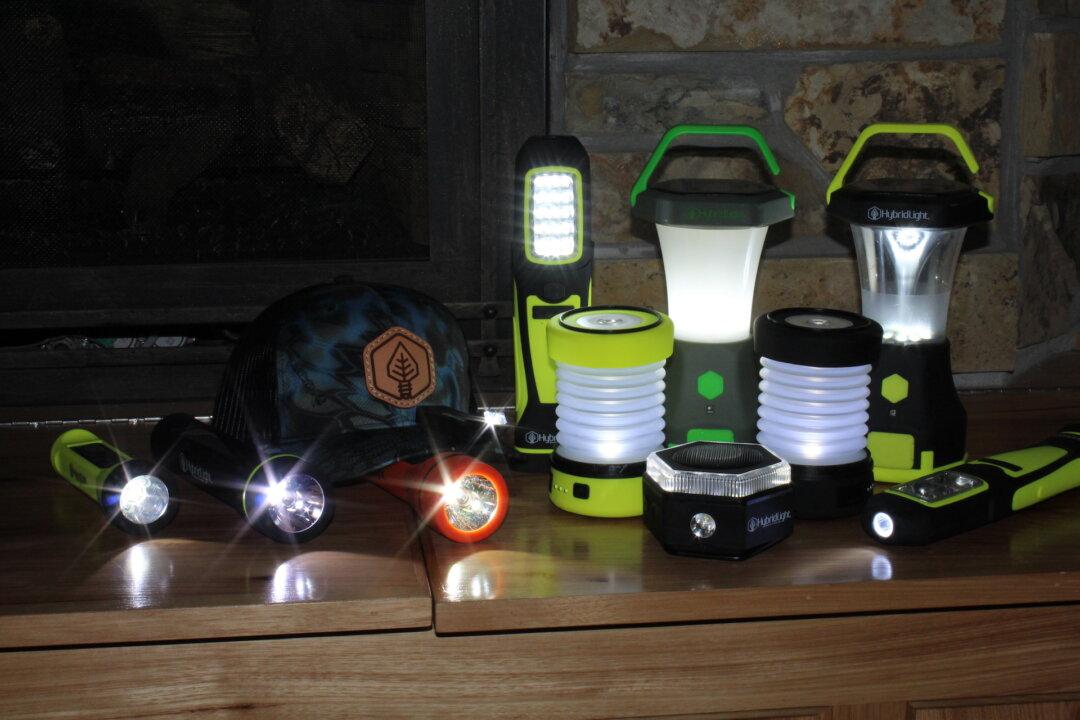Our system of roads and highways allow us to go shopping, get to and from work, or see the country. To make every drive a great one, here we offer several more tips on driving
etiquette.
Stay Off the Shoulder
The shoulder of the highway is to be used only for emergencies, such as if you have a flat tire. Don’t use it to pass slower traffic or as a shortcut to an exit ramp ahead; doing so is rude and might interfere with emergency vehicles making their way along the shoulder. You could also damage your car if you run over the debris that is so often present on the shoulder.
Stay Back
Do your best to match the flow of traffic without exceeding the posted speed limit. Allow faster traffic to pass you; don’t “camp out“ in the left lane. The National Safety Council suggests the “three-second rule”: maintain a distance from the car in front of you that is equal to how far you travel in three seconds. Avoid tailgating, since it doesn’t allow you sufficient time to react if the car ahead stops suddenly.
Parking Lot Skills
Making your way through parking garages or parking lots requires full attention. Be aware of cars suddenly backing up. If you see another driver having trouble pulling into a space, be patient. When you see a car exiting a space you want to use, give that driver plenty of room to get out of the space. Don’t hover too close to make sure you get it; activate your turn signal to alert approaching vehicles of your intentions.
Eyes on the Road
Stay off the phone, even for hands-free calls. That includes texts and checking e-mails. If you take your eyes off the road even for a brief moment, it takes a while to refocus; in that very short amount of time, a child or dog could run in front of your car or a car swerve into your lane. Any interruption is a distraction, including paying more attention to passengers than you do to traffic.
High-Beam Courtesy
Vehicles are equipped with high-beam headlights as safety equipment; they aren’t meant to be left on at all times. Use them when needed, switching them off when you see approaching traffic. If an oncoming car has its brights on, flash yours a few times to alert them to turn theirs off. On a related note, use your turn signals at least 100 feet in advance of a planned turn or lane change, and make sure they are off after you actually turn.






